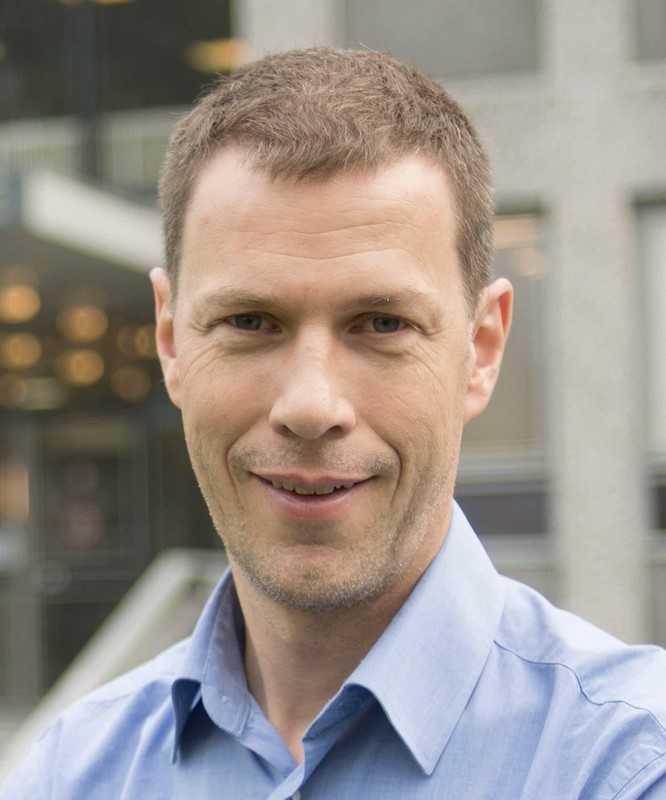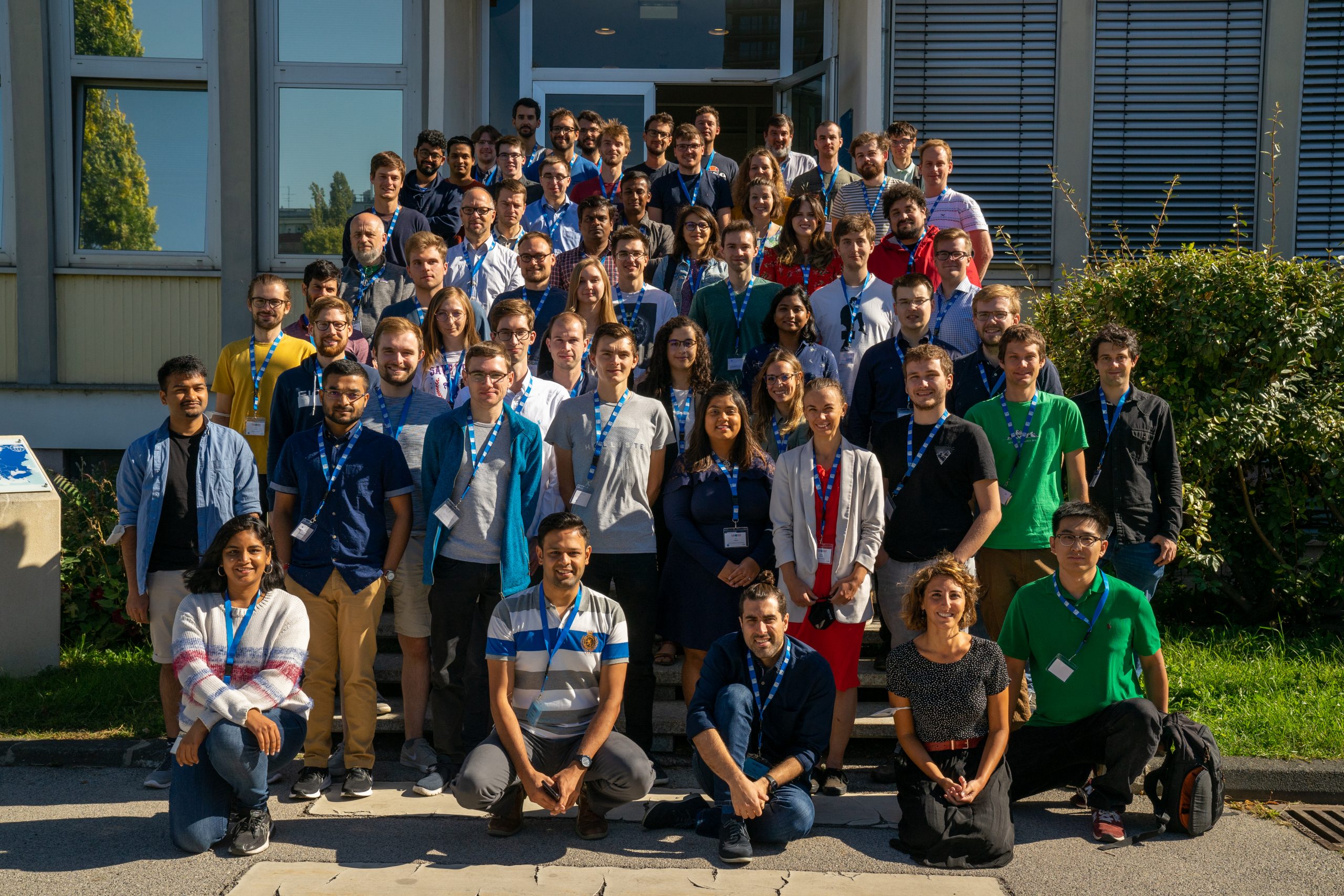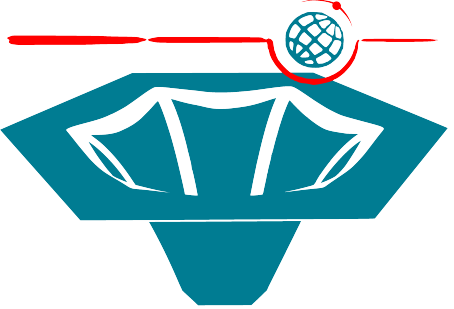We are glad to present
Lieven Vanderypen
QuTech and Kavli Institute of Nanoscience, Delft University of Technology
Monday, 13 January 2025
at Lise Meitner Lecture Hall at Universität Wien
Boltzmanngasse 5, 1090 Vienna, 1st floor
Semiconductor spin qubits – vision and challenges
Quantum computation has captivated the minds of many for almost two decades. For much of that time, it was seen mostly as an extremely interesting scientific problem. In the last few years, we have entered a new phase as the belief has grown that a large-scale quantum computer can actually be built. Quantum bits encoded in the spin state of individual electrons in silicon quantum dot arrays, have emerged as a highly promising direction [1]. In this talk, I will present our vision of a large-scale spin-based quantum processor, and ongoing work to realize this vision.
First, we created local registers of spin qubits with sufficient control that we can program arbitrary sequences of operations, implement simple quantum algorithms, and achieve two-qubit gate fidelities of more than 99.5% [2]. In linear quantum dot arrays, we now achieve universal control of up to six qubits with respectable fidelities for initialization, readout, single- and two-qubit operations [3]. Novel schemes relying on baseband instead of resonant single-qubit control offer new opportunities for scaling [4].
Second, we have explored coherent coupling of spin qubits at a distance via two routes. In the first approach, the electron spins remain in place and our coupled to each other via virtual or real microwave photons in a superconducting on-chip resonator. We observe iSWAP oscillations between two spins separated by 250 micron [5] and transfer information from one spin to another via successive vacuum Rabi oscillations [6]. In the second approach, spins are shuttled across the wafer, preserving the spin state [7]. We are now able to displace electron spins over an effective distance of 10 micron in less than 200 ns and with 99.4% fidelity [8].
Third, in close collaboration with Intel, we have fabricated and measured quantum dots using all-optical lithography on 300 mm wafer, using industry-standard processing [9], demonstrating excellent qubit performance. We expect that this industrial approach to nanofabrication will be critical for achieving the extremely high yield necessary for devices containing thousands of qubits.
When combined, the progress along these various fronts can lead the way to scalable networks of high-fidelity spin qubit registers for computation and simulation.
Host: Jörg Schmiedmayer
For further information and a Zoom link please visit: https://vcq.quantum.at/colloquium-ws-24-25/
Program
17:00 Get Together with Snacks
17:30 VCQ Student Talk: Lucas Winter – Fractional quantum Hall edge polaritons
17:45 VCQ Colloquium Talk
[1] L.M.K. Vandersypen, et al., npj Quantum Information 3, 34 (2017).
[2] X. Xue et al., Nature 601, 343 (2022).
[3] S. Philips, M. Madzik et al., Nature 609, 919–924, (2022).
[4] F. Unseld, B. Undseth et al., see arXiv:2412.05171.
[5] J. Dijkema, X. Xue, et al., Nature Phys., published online 9 dec 2024.
[6] X. Xue, J. Dijkema, et al, in preparation.
[7] T. Fujita, et al., npj Quantum Information 3, 22 (2017).
[8] M. De Smet, Y. Matsumoto, see arXiv:2406.07267.
[9] A. M. J. Zwerver, et al., Nature Electronics 5, 184–190 (2022)
[10] L.M.K. Vandersypen, and M.A. Eriksson, Physics Today 72 (8), 38 (2019)



